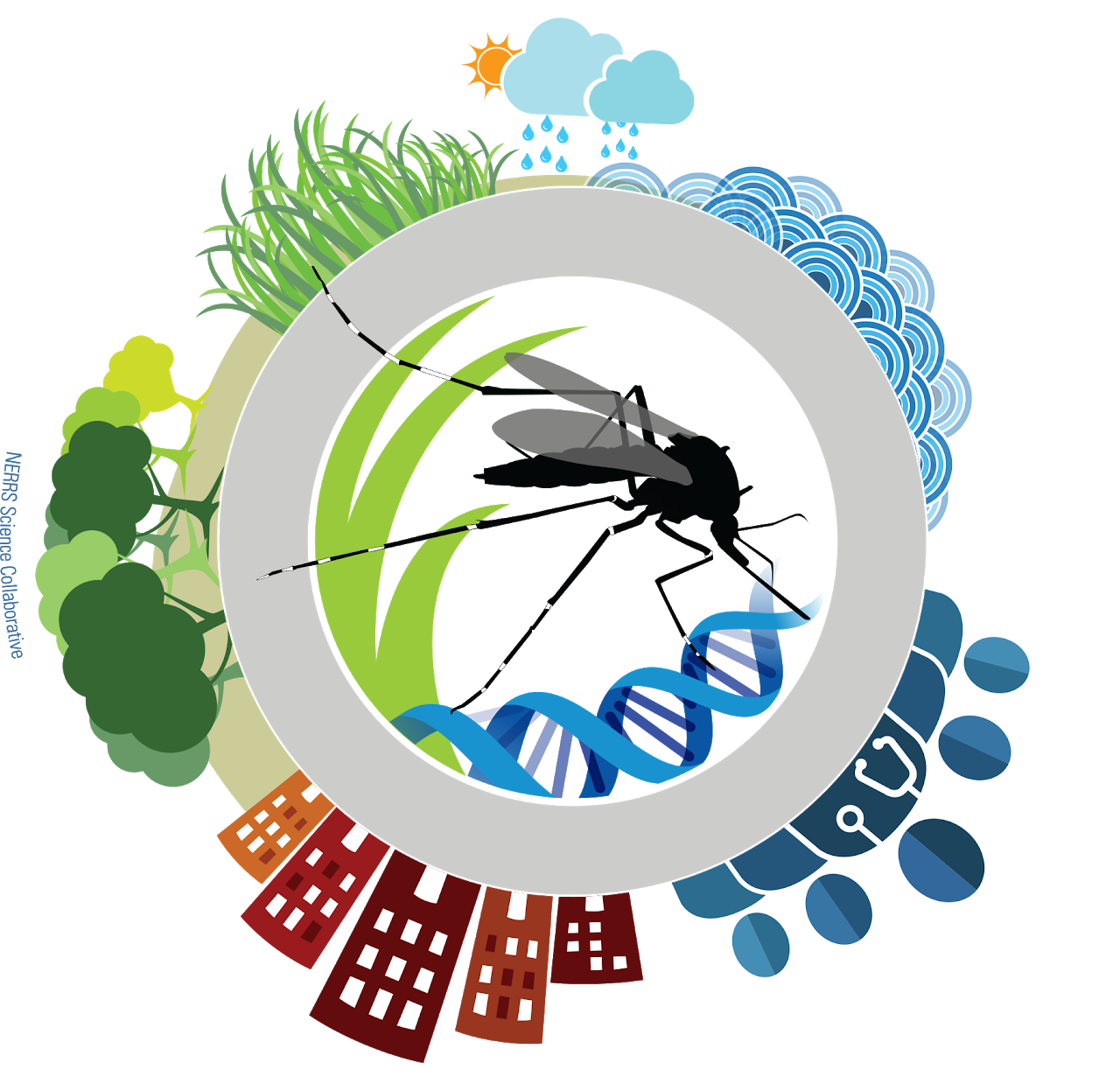About this project
Through data-collection, mapping, and modeling efforts, a collaborative research project has increased clarity about marsh habitat change to inform mosquito control and coastal restoration efforts in New Jersey. The project team developed environmental DNA (eDNA) assays for the most common salt marsh mosquitoes in the Middle Atlantic United States and made major advancements in mosquito surveillance. They also developed outreach materials to inform the public about health risks posed by mosquitoes, including how climate change might exacerbate those risks, and a module for middle/high school educators.
About this resource
The project generated five related datasets listed below. The dataset description summarizes the data types and collection methods in more detail.
The first four datasets have been archived with the NERRS Centralized Data Management Office and may be accessed by following the blue data request button to the top right.
- Field Data: Transect and site information; site conditions; environmental variables; observational presence of mosquitoes, mosquito larvae, and fish in sampled ponds; results of environmental DNA analysis of water samples for mosquito larvae DNA; and field data sheets.
- Forest Edge Migration: The project included extensive mapping of the marsh-upland edge along the Delaware Bayshore and Atlantic back-bay marshes. The rate of forest edge retreat was analyzed using the USGS Digital Shoreline Analysis System. This dataset includes shapefiles of the baselines for each site used in the analysis, digitized seaward forest edge for each site, positional information, and rate and distance measurement results.
- Marsh Change Mapping: A marsh retreat model was employed to project future marsh change under projected sea level rise for the year 2050. The model includes additional locally derived datasets to project changes at the marsh shoreline, the marsh interior platform, and upland edge. The mapping product was added to NJFloodMapper.
- Tidal Marsh Land Cover Mapping: This data layer represents a detailed land cover classification of New Jersey tidal marshes. This mapping includes Spartina patens-dominated high marsh as a distinct category as this habitat type can serve a mosquito breeding hotspot.
Data were also produced as part of the development of mosquito qPCR assays. Species-specific real-time qPCR assays were developed for Aedes sollicitans, Ae. taeniorhynchus and Ae. cantator (the most common mosquito species in New Jersey and the Mid Atlantic) by sequencing the rRNA internal spacers I and II using primers in the flanking exons (18S and 5.8S and 5.8S and 28S, for ITS1 and ITS2, respectively). Sequences that were already in existence were used to develop the assay for Culex salinarius. Related datasets are embargoed until January 2023. For questions and inquiries about accessing the data, please contact Dina Fonseca (dina.fonseca@rutgers.edu).
